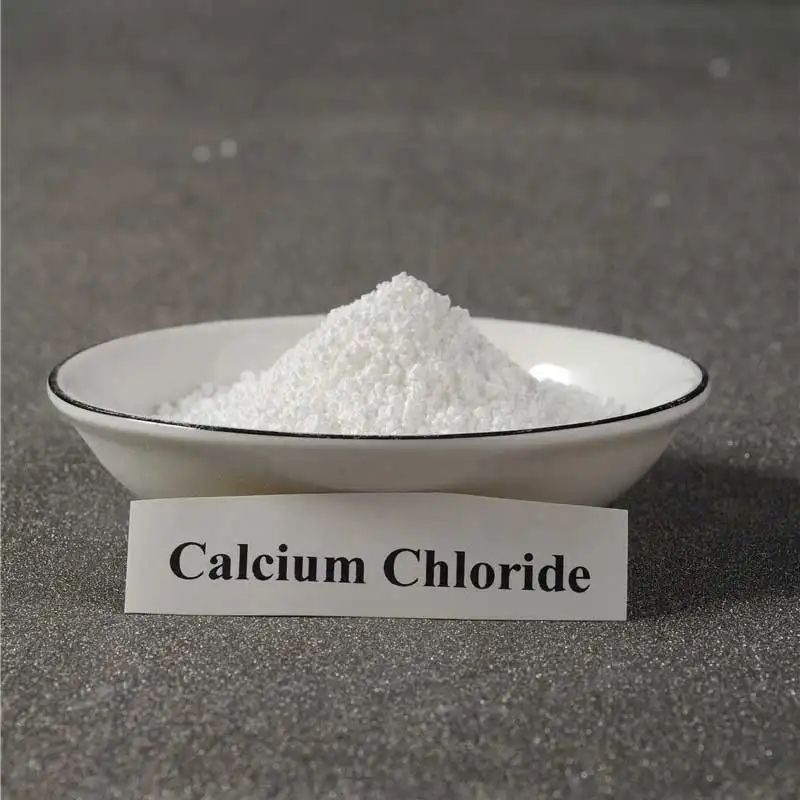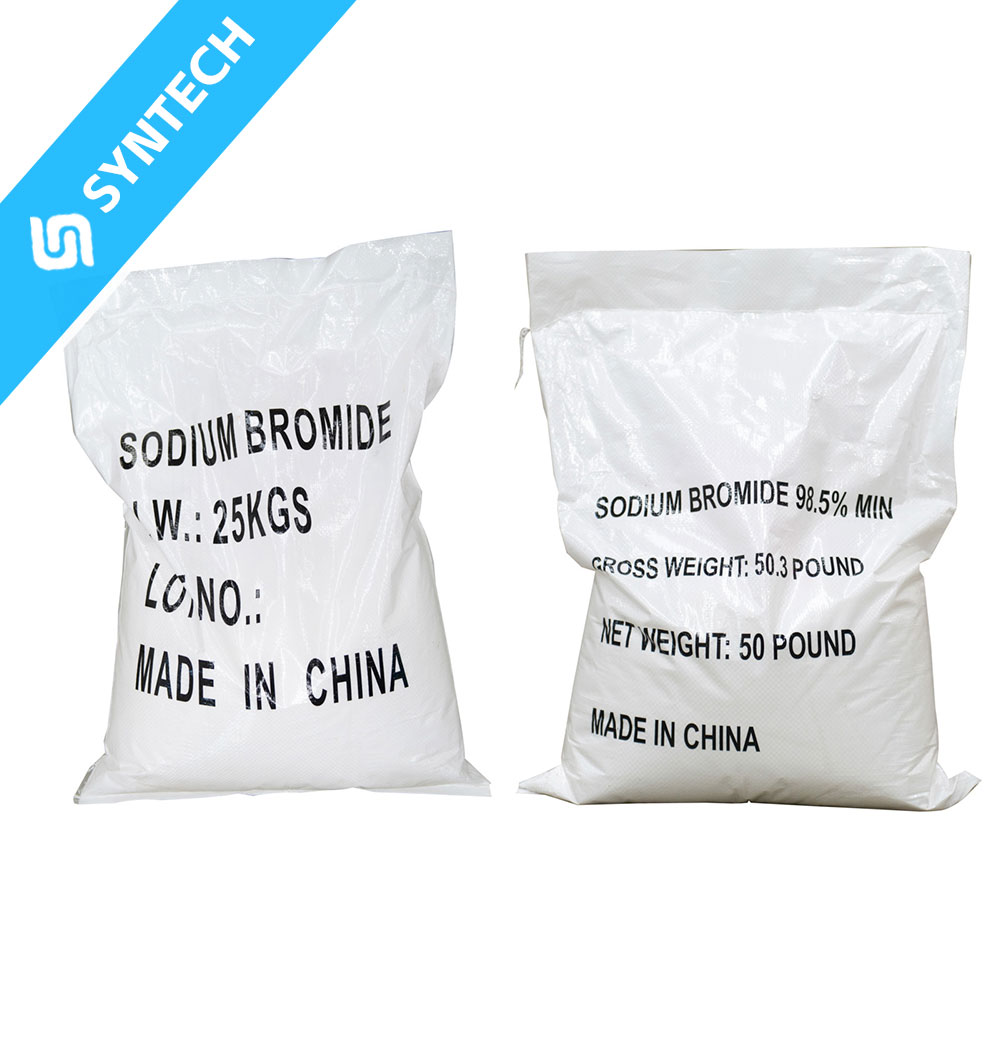The aqueous solution of calcium bromide (CaBr₂) is neutral.
Chemical Principle with Equations
The acidity or basicity of a salt solution depends on the hydrolysis of its constituent ions (cations and anions) in water. For calcium bromide:
- Dissociation of CaBr₂ in waterWhen CaBr₂ dissolves in water, it completely dissociates into calcium ions (Ca²⁺) and bromide ions (Br⁻) due to its nature as a strong electrolyte:CaBr₂(s) → Ca²⁺(aq) + 2Br⁻(aq)
- Hydrolysis of Ca²⁺ (cation)Ca²⁺ is derived from calcium hydroxide (Ca(OH)₂), a strong base (though slightly soluble, it dissociates completely in water when dissolved). For cations from strong bases, their hydrolysis in water is negligible (too weak to alter H⁺ concentration):Ca²⁺(aq) + 2H₂O(l) ⇌ Ca(OH)₂(s) + 2H⁺(aq) (hydrolysis extent: negligible)Since Ca(OH)₂ is a strong base, the equilibrium of this reaction lies far to the left—almost no H⁺ is produced.
- Hydrolysis of Br⁻ (anion)Br⁻ is derived from hydrobromic acid (HBr), a strong acid (completely dissociates in water to release H⁺ and Br⁻). For anions from strong acids, they do not undergo hydrolysis in water (no tendency to combine with H⁺ from water):Br⁻(aq) + H₂O(l) → No significant reactionBr⁻ cannot capture H⁺ from H₂O to form HBr (a strong acid that would immediately dissociate again), so no OH⁻ is generated.
Conclusion
In CaBr₂ aqueous solution, neither Ca²⁺ nor Br⁻ undergoes significant hydrolysis. The concentration of H⁺ (from water’s autoionization: H₂O ⇌ H⁺ + OH⁻) remains equal to the concentration of OH⁻, so the solution is neutral.
Chemical Explanation
This neutrality arises from the origin of the salt and the behavior of its ions in water.
- Calcium bromide is formed from a strong base and a strong acid:
- The cation (Ca²⁺) comes from calcium hydroxide (Ca(OH)₂), which is a strong base.
- The anion (Br⁻) comes from hydrobromic acid (HBr), which is a strong acid.
When dissolved in water, the salt dissociates completely into its ions:
CaBr₂ (s) → Ca²⁺ (aq) + 2Br⁻ (aq)
Neither of these ions undergoes hydrolysis (reaction with water).
- The Ca²⁺ ion is the conjugate acid of a strong base (Ca(OH)₂). It has no tendency to accept a proton from water. Therefore, it does not affect the pH.Ca²⁺ (aq) + H₂O (l) → No Reaction
- The Br⁻ ion is the conjugate base of a strong acid (HBr). It has no tendency to donate a proton back to water. Therefore, it also does not affect the pH.Br⁻ (aq) + H₂O (l) → No Reaction
Since neither the cation nor the anion reacts with water to produce H⁺ or OH⁻ ions, the balance of these ions in the solution remains the same as in pure water. Thus, the solution is neutral, with a pH of approximately 7.
Conclusion
Because CaBr₂ is a salt derived from a strong base and a strong acid, its aqueous solution is neutral.






